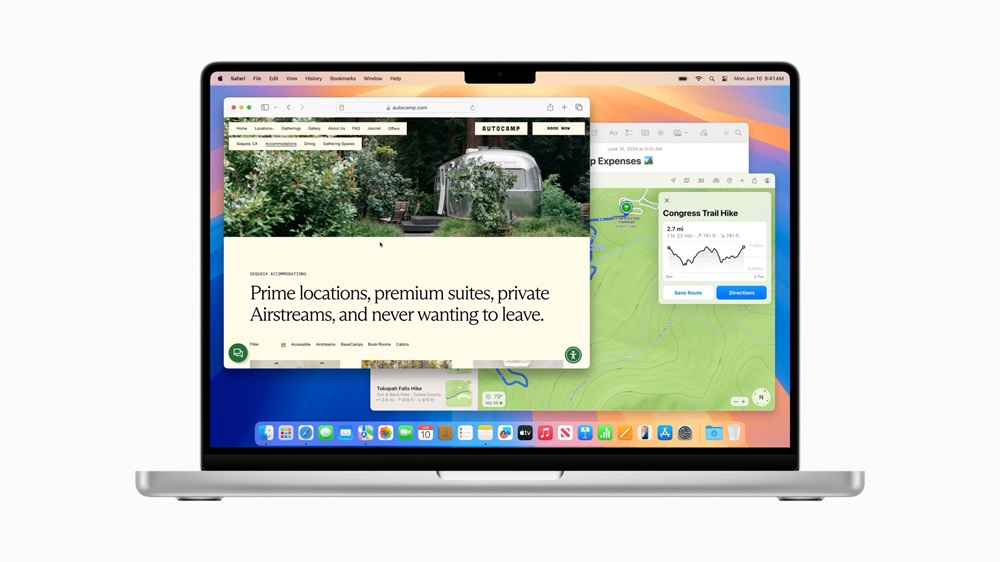Ever wondered why macOS feels like a breath of fresh air compared to the usual operating system crowd? It’s not just the sleek design or the Apple logo—it’s the standout features you won’t spot on Windows, Linux, or anywhere else. From seamless device harmony to a Unix core wrapped in elegance, macOS delivers a trio of tricks that set it apart in a league of its own. Ready to dive into what makes your Mac more than just a pretty face? Let’s explore three game-changers that redefine the OS experience.
Seamless Ecosystem Integration (Apple Ecosystem)
macOS stands out with its tight integration into the Apple ecosystem—think iPhones, iPads, Apple Watches, and iCloud. Features like Handoff (start a task on one device, finish on another), Universal Clipboard (copy on your Mac, paste on your iPhone), and AirDrop (fast file sharing between Apple devices) make it a fluid experience for users who are all-in on Apple hardware. Other OSes, like Windows or Linux, don’t have this level of native, cross-device synergy because they’re designed to be more hardware-agnostic. This makes macOS uniquely convenient for Apple loyalists, though it’s a walled garden that sacrifices flexibility for polish.
Unix-Based Foundation with a Polished GUI
macOS is built on a Unix core (derived from BSD), which gives it stability, security, and a powerful terminal for advanced users—something it shares with Linux but not Windows, which uses a different kernel architecture (NT). What sets macOS apart is how it pairs this technical backbone with a sleek, user-friendly graphical interface. Linux offers similar Unix power but often lacks the consistent, beginner-friendly polish macOS delivers out of the box. This combo appeals to both developers who love command-line control and casual users who never touch it.
Optimized Hardware-Software Symbiosis
Since Apple controls both macOS and the hardware it runs on (especially with the shift to Apple Silicon like M1/M2 chips), the OS is fine-tuned for performance and efficiency in a way Windows and Linux can’t match on varied hardware. Features like low power consumption, instant wake-from-sleep, and native ARM app support (via Rosetta 2 or direct optimization) showcase this. Windows has to support a vast range of PCs, which can lead to bloat or driver issues, while Linux leaves optimization to the user. This makes macOS feel snappier and more cohesive, though it’s tied to Apple’s pricey machines.


